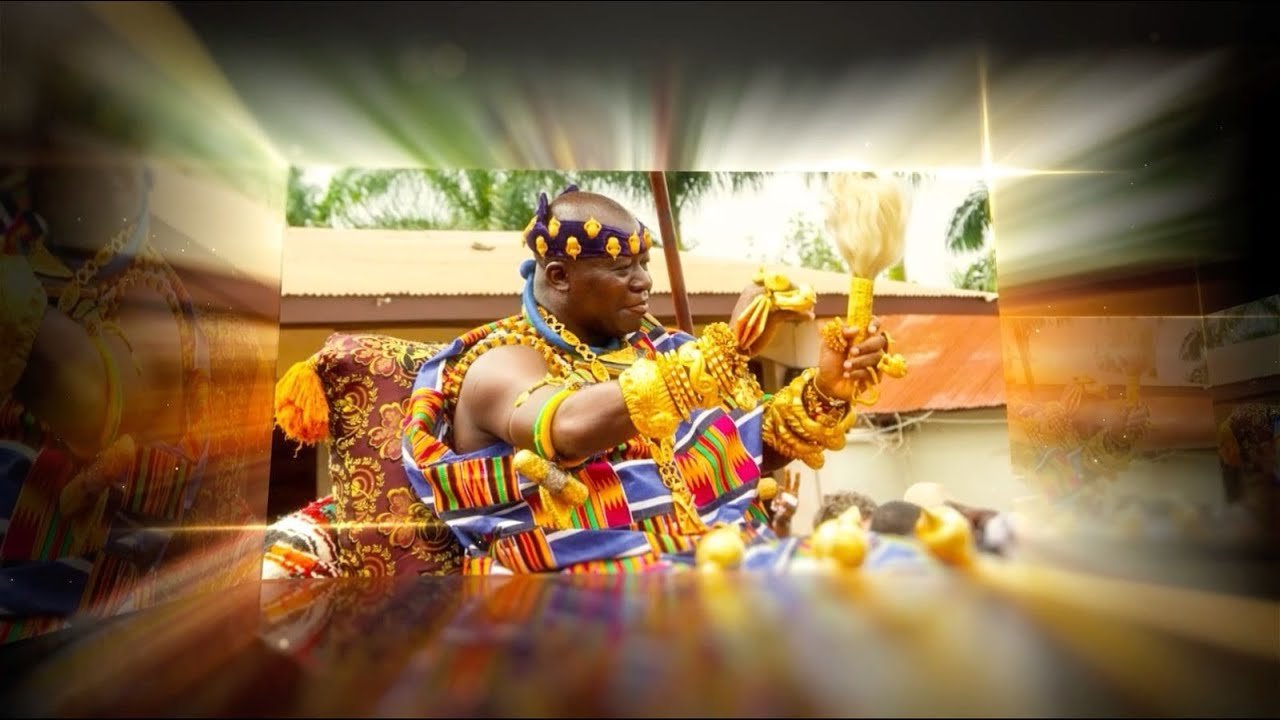At the grand durbar commemorating his 25th anniversary on Sunday, May 12, 2024, Otumfuo Osei Tutu II, the Asantehene, bedecked himself with three golden triangular necklaces known as “Adaaboɔ.”
During a live telecast on GTV, a historian, Nana Frimpong, shed light on the significance of Otumfuo‘s necklaces. He likened the Adaaboɔ to medals bestowed upon soldiers for their bravery in war.
Nana Frimpong elaborated that, within Asante tradition, the Adaaboɔ necklace is exclusively reserved for chiefs who have achieved remarkable feats for the kingdoms, either personally or through their lineage.
He emphasized that this adornment is deeply rooted in Asante customs, where the attire of chiefs at traditional events mirrors the hierarchical structure of the kingdom.
Furthermore, he explained that, similar to military services where ranks dictate attire, a chief’s rank determines the adornments they are entitled to wear at such durbars.
“The necklace is a triangle, originating from ancient Israel and Egypt. The Amanhene, paramount chiefs wear one, while the Abrempong, other royals do not.
“However, the Otumfuo is entitled to wear up to three. The Abrempong, though royals, cannot don the Adaaboɔ because the hierarchical order does not permit them. It is exclusively the Amanhene who may wear one, and the Asantehene, up to three,” he explained.
“These ornaments are akin to medals given to soldiers who have distinguished themselves in war. Your rank determines the medal you are entitled to wear. This is similar to the ‘ahenema’ the sandals that they wear.
“That is why you see some of the chiefs in golden sandals. Not every chief has the privilege to adorn themselves in gold from head to toe,” he said.

